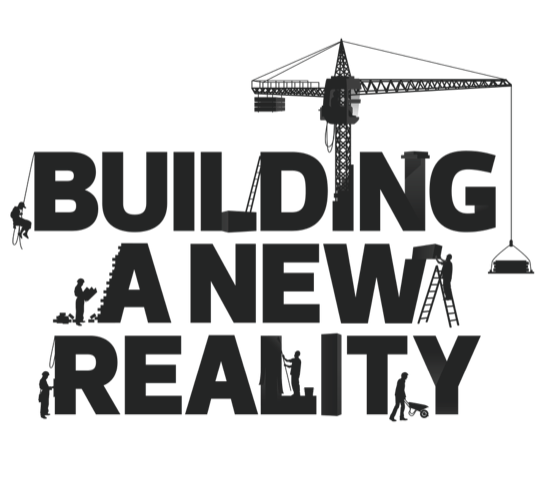This series, by BANR founder, Ted Wachtel, applies the concept of citizens’ assemblies to an urgent need that the U.S. Congress avoids — gun violence and how to prevent it. Wachtel identifies the reasons legislators can’t do it and why a diverse group of citizens can. No longer theoretical, in the last few years citizens’ assemblies have been used around the world to make thoughtful decisions about challenging and often controversial problems.
6. The America in One Room experiment demonstrated how citizens’ assemblies will bring Americans together again.

America in One Room is the dream project of Stanford Professor James Fishkin, held almost thirty years after he invented the Deliberative Poll® — a full-scale, randomly sampled group of 526 American registered voters from every Congressional district and state.
The New York Times displayed portraits of all the delegates listed alphabetically by their first names, along with the state where they vote.
True Representation
“The voters arrived from all over the country: nine of them named John, 10 who’d come from mobile homes, four who lived in South Dakota. Twenty-seven considered themselves extremely conservative; 30 said they were extremely liberal. Twenty-one were out of work and looking for it. Two came with service dogs.”
America in One Room selected the same kind of representative sample of American voters that we will need for the U.S. National Citizens’ Assembly on Gun Violence.
- To track shifts in opinion, each delegate answered a series of in-depth questions—before and after the event—about their views on five issues: foreign policy, economy, environment, health care and immigration, although individual choices were kept secret.
- Before they attended the event, each delegate received a 55-page briefing book defining the pros and cons of each issue, the fairness of which was agreed to beforehand by both political parties.
- During the three-day event, delegates developed questions to ask, heard presentations, asked their questions of various experts, met in large and small group sessions, and ultimately offered their opinions on a second questionnaire at the end of the three days.
Moving Toward the Center
Voters in a citizens’ assembly, without political party discipline imposed on them, are likely to shift their opinions on divisive issues toward the center. Extreme proposals further on the right will typically lose support from Republicans, while extreme proposals further on the left typically lose support from Democrats.
“My opinions have changed, more toward the center than toward any one side,” noted a tattooed man in a cowboy hat from Colorado. “The country is not as divided as the media make it seem.”
Often, people gave up their flawed preconceptions—for example, that most immigrants come to this country to get Social Security or other benefits. Talking directly with immigrants or their relatives in the room, Republicans became much more welcoming of immigration, and far less punitive in their attitudes.

When Democrats learned more, for example, about the wide differences in living costs in different localities in the U.S., their support for a nationwide minimum wage of $15 dropped substantially.
95 percent agreed—even if they didn’t change their opinion much—that they “learned a lot about people very different from me; about what they and their lives are like.”
Bringing America Together Again
A 24-year-old African-American man, a cashier from Michigan, became close to three 70-something white men in his group. A 69-year-old retired nurse from Atlanta bought a drink for a woman she’d just met from San Antonio, who was turning 35 that day. A microbiologist from Nebraska walked away from dinner on the last night, saying that the people around him had, in the end, changed his objection to expanding medicare.
“They explained it to me in the way I think,” he said. And he seemed pleased to have changed his mind.
We now can be certain that the U.S. National Citizens’ Assembly on Gun Violence will provide much the same benefit as America In One Room—clarifying issues and bringing Americans together again.

